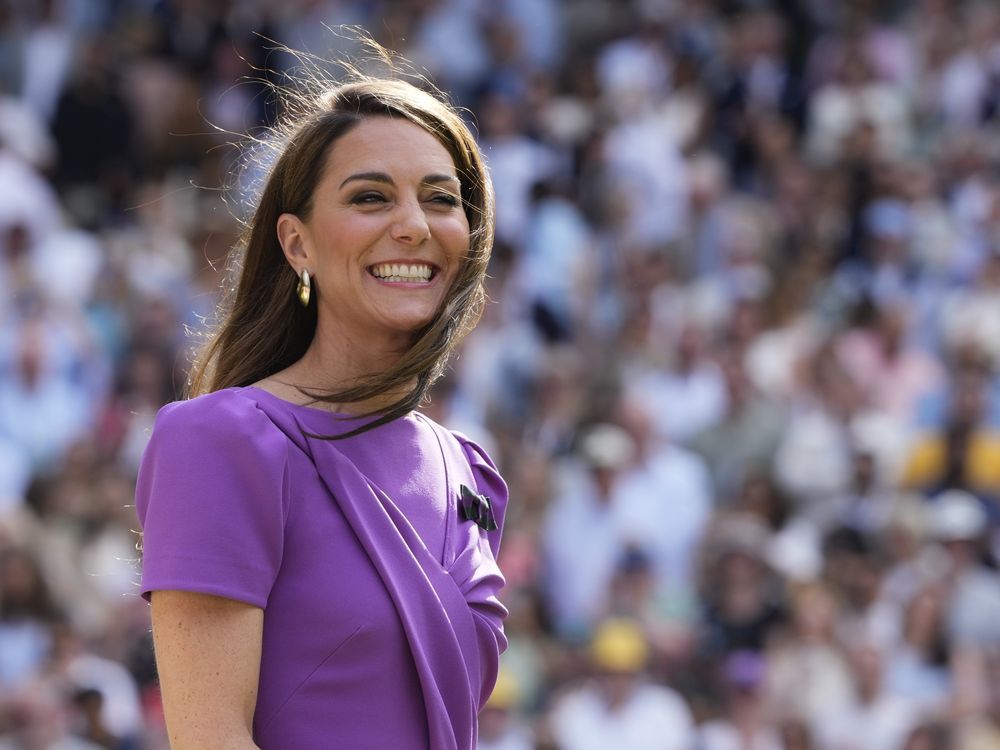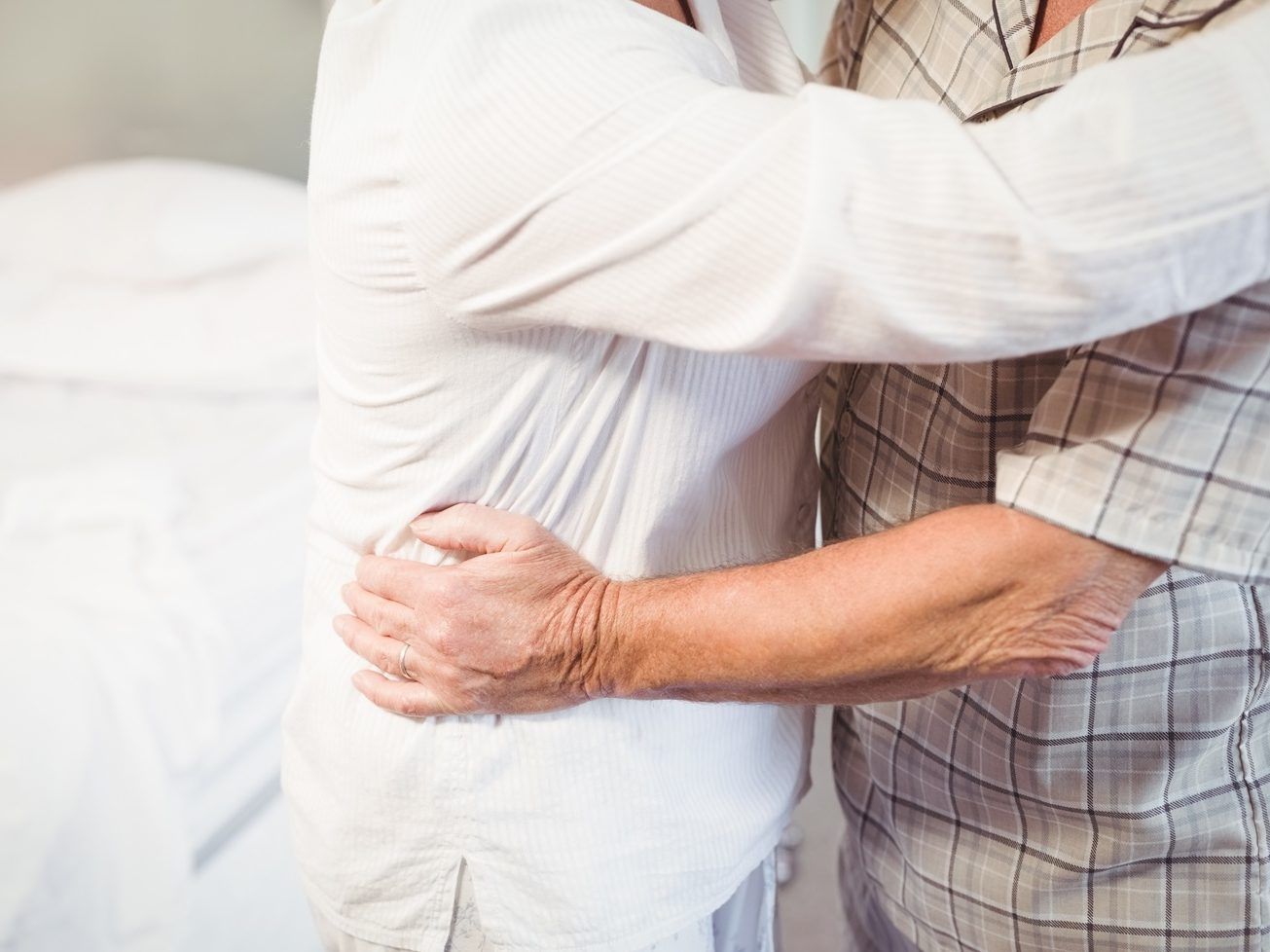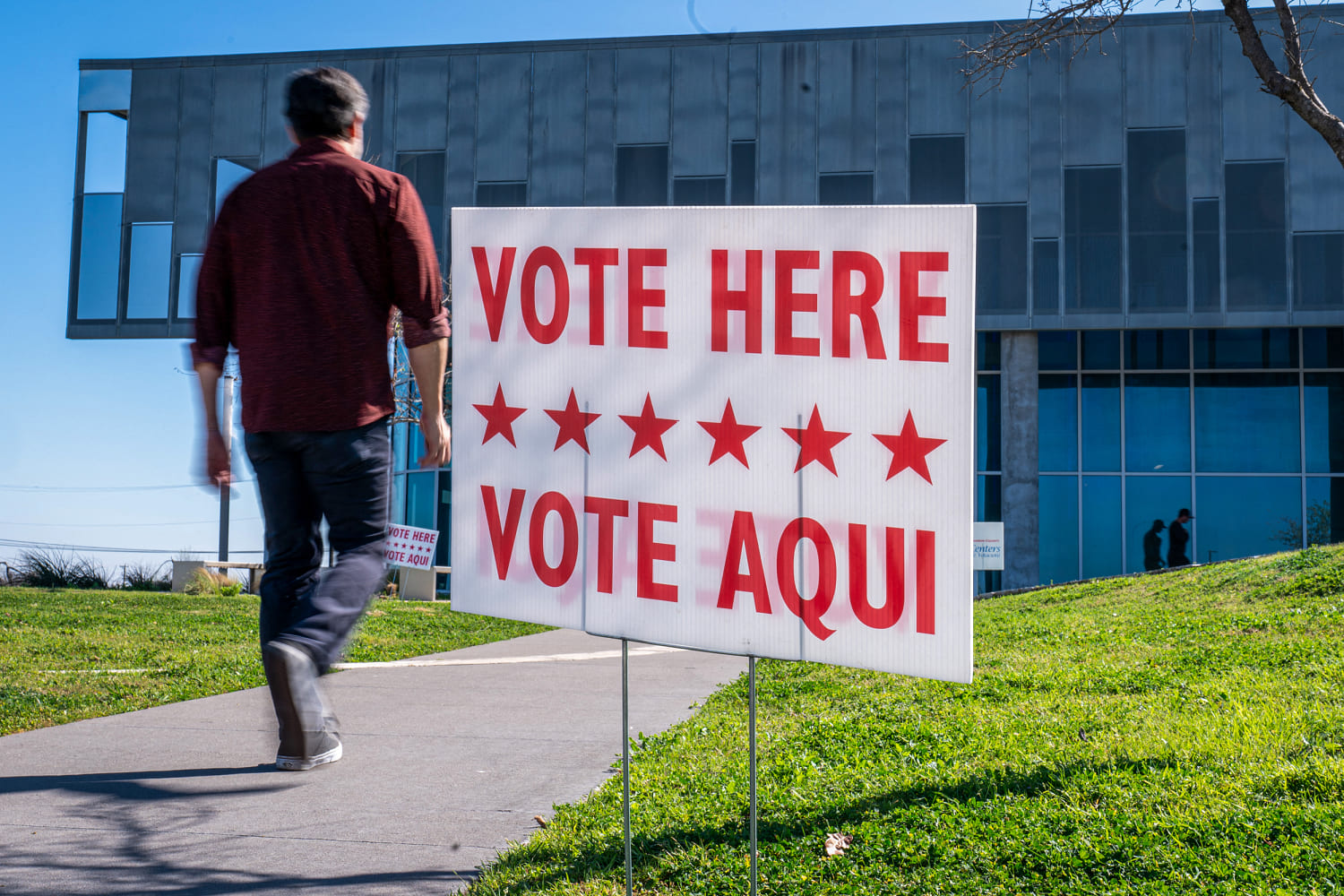The B.C. Conservative party's campaign director said more seats means more effort — but also more potential gains.
Author of the article:

The Canadian Press
Chuck Chiang
Published Sep 22, 2024 • 7 minute read

Work crews have been busy in the B.C. legislature over the summer, prying apart desks in the historic chamber and piling them up in hallways as they tried to work out how to fit in six more seats.
The renovation, with an estimated budget of $300,000, including new red carpet, was needed to accommodate 93 members of the legislature who will be sitting there after the Oct. 19 provincial election.
Advertisement 2
THIS CONTENT IS RESERVED FOR SUBSCRIBERS ONLY
Subscribe now to read the latest news in your city and across Canada.
- Unlimited online access to articles from across Canada with one account.
- Get exclusive access to the Vancouver Sun ePaper, an electronic replica of the print edition that you can share, download and comment on.
- Enjoy insights and behind-the-scenes analysis from our award-winning journalists.
- Support local journalists and the next generation of journalists.
- Daily puzzles including the New York Times Crossword.
SUBSCRIBE TO UNLOCK MORE ARTICLES
Subscribe now to read the latest news in your city and across Canada.
- Unlimited online access to articles from across Canada with one account.
- Get exclusive access to the Vancouver Sun ePaper, an electronic replica of the print edition that you can share, download and comment on.
- Enjoy insights and behind-the-scenes analysis from our award-winning journalists.
- Support local journalists and the next generation of journalists.
- Daily puzzles including the New York Times Crossword.
REGISTER / SIGN IN TO UNLOCK MORE ARTICLES
Create an account or sign in to continue with your reading experience.
- Access articles from across Canada with one account.
- Share your thoughts and join the conversation in the comments.
- Enjoy additional articles per month.
- Get email updates from your favourite authors.
Sign In or Create an Account
or
Article content
The carpenters and carpet layers weren’t the only ones pondering changes necessitated by the province’s rapidly growing population. B.C.’s major parties are also gearing up to fill those extra seats with help from voters in urban and suburban settings.
“With six new seats comes the need to recruit more volunteers and staff more campaigns, and, of course, the need to spend more money,” NDP campaign director Marie Della Mattia said in a statement.
“But when people are excited about your leader and your plan, raising money and recruiting volunteers is much easier.”
B.C. Conservative campaign director and executive director Angelo Isidorou said more seats means more effort — but also more potential gains.
“Generally speaking, fewer seats means fewer candidates to recruit,” Isidorou said in a written response to questions about the new ridings. “However, some of these redistributed ridings offer the Conservative Party an opportunity to reach more voters in a direct and local way.”

The six additional seats are all in major population centres in southern B.C.
Four are in the Metro Vancouver communities of Langley, Surrey, Burnaby and Vancouver, one is in the Victoria suburb of Langford, and another is in the urban core of Kelowna.
Advertisement 3
Article content
“These are the areas where the province is growing and the population requires additional representation to maintain that representation-by-population,” said Stewart Prest, a political science lecturer at the University of British Columbia.
“So, that’s the general reason why we’re seeing this redrawing of the map, and it’s worth noting that it really places additional weight on the need for parties to win votes in the urban areas of the province.”
David Black, an associate professor of communication and culture at Royal Roads University, said it would be a mistake to automatically assume the new urban seats will favour left-leaning parties such as the NDP.
Black said geographical factors create regional political leanings in places such as the Fraser Valley and the Okanagan, where centre-right parties have been favoured.
“I think this pattern holds in the sense that Langley and Kelowna are not the same as Burnaby, Surrey or even Langford, given how close Langford is to Greater Victoria,” he said.
“What we know from the political science literature is that where you live has a lot to do with how you vote. We think of the left-right spectrum as a political scale, but it is as much geographical as it is ideological.
By signing up you consent to receive the above newsletter from Postmedia Network Inc.
Article content
Advertisement 4
Article content

“Places can choose people because places cluster qualities and features … that amplify and direct people toward certain voting preferences.”
While Black said the new seats shouldn’t be seen as automatically conferring advantage to the NDP, the trend over decades in B.C. showed a provincial electorate moving left, on average.
He said the best evidence of that came in the 2017 provincial election, when the NDP held on to 40 per cent of the popular vote despite another left-leaning party — the B.C. Greens — garnering almost 17 per cent of votes.
“The fact that the NDP was able to hold 40, even losing that much on their left with the Green party at 17 (under former leader Andrew Weaver), suggests to me that this axis — which used to be centre-right — has tilted about five percentage points to the left,” Black said, noting population growth was happening mostly in urban centres.
“And so, this phenomenon whereby people in cities tend to vote, more or less, leaning NDP — or Green, for that matter — is the reason I believe we’ve seen this tilt.”
Black said this demographic trend put an imperative on centre-right parties to speak to urban voters more because “that’s where the ridings are.”
Advertisement 5
Article content
He said in an interview in mid-August that while poll numbers for the Conservatives had surged, seat projections on tracking sites still indicated a sizable advantage to the New Democrats due to the number of urban ridings.
“I think this partly reflects a problem that the Conservatives have to solve, and that is the question of vote efficiency,” Black said. “The Conservatives, according to the poll data, are running up the popular vote totals enormously — well over 50 per cent — in the north, but there are relatively few ridings up there whereas the NDP is more competitive in the cities where of course there are more ridings. That’s the path to power.”
Prest cautioned against assuming an NDP advantage.
“They still need to maintain those links with those voters,” he said of the party and voters in the new ridings. “And it also creates opportunities for other parties to try to make inroads, as well.”

The new district boundaries had also meant vast changes in electorate composition for some existing ridings, compared with the last election.
“There’s going to be, I think, a certain amount of reacquainting necessary for voters when they come to pay attention to who is running to represent them in the election,” Prest said, adding even small boundary changes can make a big difference in a close vote.
Advertisement 6
Article content
“Every neighbourhood can make a little bit of difference at the margins,” he said. “And it is specifically at those ridings where essentially the town or the city meets the country, if you like _ where the urban meets the suburban or rural areas of the province _ that (boundary) changes can have a real effect.”
Here’s a look at some of the new districts
Vancouver
The biggest change in Vancouver is the creation of three seats from an area largely covered by Vancouver-False Creek and Vancouver-Fairview in the last election. The new ridings are Vancouver-Yaletown, Vancouver-South Granville and Vancouver-Little Mountain.
The NDP took both previous seats in 2020, with Economic Development Minister Brenda Bailey now standing in Vancouver-South Granville. Bailey’s current seat, Vancouver-False Creek, was won by the B.C. Liberals, now B.C. United, in 2009, 2013 and 2017. The other incumbent, Environment Minister George Heyman in Vancouver-Fairview, will not run.
The candidate list for the three new seats are littered with familiar names in Vancouver municipal politics. The NDP is represented by Coun. Christine Boyle in Vancouver-Little Mountain, while the B.C. Conservatives are running with former park board commissioner and mayoral candidate John Coupar. The Conservatives have also named former councillor Melissa De Genova as the candidate in Vancouver-Yaletown.
Advertisement 7
Article content
Burnaby/New Westminster
The area’s seat count rises from five to six, with Burnaby-New Westminster created from surrounding Burnaby-Edmonds, New Westminster and Burnaby-Lougheed. Borders were also shuffled and all districts received new names except Burnaby North.
The NDP took all five seats comfortably in 2020 and the party has done well there in recent years. All but one of the incumbents, Burnaby-Lougheed’s Katrina Chen, are running for re-election including Speaker Raj Chouhan and cabinet ministers Jennifer Whiteside and Anne Kang.
Surrey
Surrey gains one seat, Surrey-Serpentine River, but also sees drastic changes to its district boundaries. Surrey-Green Timbers and Surrey-Whalley have been reorganized into two new ridings, Surrey City Centre and Surrey North.
Surrey-Serpentine River was created from parts of nearby districts, including Surrey-Cloverdale, Surrey-Panorama and Surrey-Fleetwood.
The NDP won seven of nine Surrey-area seats in 2020, picking up Surrey-Cloverdale that had historically favoured the B.C. Liberals. Most incumbent NDP candidates are running for re-election, but Surrey-Newton’s Harry Bains and Surrey-Whalley’s Bruce Ralston, both cabinet ministers, will not run.
Advertisement 8
Article content
Notable candidates include former Surrey mayor Linda Hepner running for the Conservatives in Surrey-Serpentine River and high-profile B.C. United defector Elenore Sturko standing as a B.C. Conservative in Surrey-Cloverdale.
Langley
Langley saw its two seats in the 2020 election divided into three with the creation of Langley-Willowbrook, Langley-Walnut Grove and Langley-Abbotsford.
The NDP scored a major victory here in 2020, winning both seats that had been held by the B.C. Liberals for decades. Both incumbents return and are joined by former federal Liberal MP John Aldag who will run in Langley-Abbotsford. He resigned from Parliament in May to run in the provincial election for the NDP.
Other candidates include Langley Township Coun. Misty vanPopta running for the Conservatives in Langley-Walnut Grove.
Langford
Greater Victoria’s additional seat comes in the suburb of Langford, where Langford-Highlands was carved out mostly from Langford-Juan de Fuca, with the rest of that district renamed Juan de Fuca-Malahat for this fall’s election.
The area is considered an NDP stronghold, with Langford-Juan de Fuca held by former Premier John Horgan from 2009 to 2023.
Advertisement 9
Article content
Kelowna
A new electoral district, Kelowna Centre, was created from parts of three surrounding ridings: Kelowna-Mission, Kelowna West and Kelowna-Lake Country.
The latter two have also been renamed West Kelowna-Peachland and Kelowna-Lake Country-Coldstream to reflect other boundary changes.
The area was traditionally a stronghold for the B.C. Liberals, which won all three seats comfortably in 2020. But none of the incumbents are running this year. The most high-profile candidate in the four Kelowna-area seats is Gavin Dew, who’s running for the B.C. Conservatives in Kelowna-Mission. Dew ran for the leadership of the B.C. Liberals in 2022.
— With files from Dirk Meissner in Victoria
RACE FOR B.C.: Follow our coverage of the 2024 B.C. election campaign HERE. Not yet a subscriber? Please click HERE for a special subscription offer.
Article content
.png)
 2 hours ago
8
2 hours ago
8

































 Bengali (BD) ·
Bengali (BD) ·  English (US) ·
English (US) ·